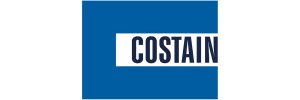Anglian Water’s Strategic Pipeline Alliance (2022)

Drone image showing strung out pipes for the Lincoln to Grantham pipeline - Courtesy of David Clarke/SkyCam East Lincolnshire
While the east of England is attracting people like no other part of the UK, it is also the driest area of the country – a threat to its success that Anglian Water is determined to overcome. The Strategic Pipeline Alliance (SPA) comprises, Farrans, Mott MacDonald Bentley, Costain and Jacobs, who are delivering one of the largest infrastructure projects in the UK for a generation. Once complete in 2025, the near 500km new supply network will be longer than any UK motorway. It will underpin the future of one of the most exciting areas of the UK and ultimately its work will help tackle the threat of future water shortages.
Background
Anglian Water, like any water company, plays a vital role in underpinning the social and environmental prosperity of the region it serves by keeping water flowing.
The first challenge for the Strategic Pipeline Alliance was that the east of England receives, on average, a third less rain-fall than the rest of England. The brief therefore was simple but massive: make that water supply sustain an area that is growing in population and make it good enough both for now and in the climate-uncertain future. This meant SPA simply had to source the most innovative, cost-effective, and environmentally friendly initiatives across the globe or create and design its own.
The project, which is already underway, will see hundreds of kilometres of new, large-scale pipelines laid across the Anglian Water region, allowing it to move water from areas of surplus to areas of deficit. The total cost of SPA’s work will be about £400m – a significant part of Anglian Water’s planned investment in the region until 2025.
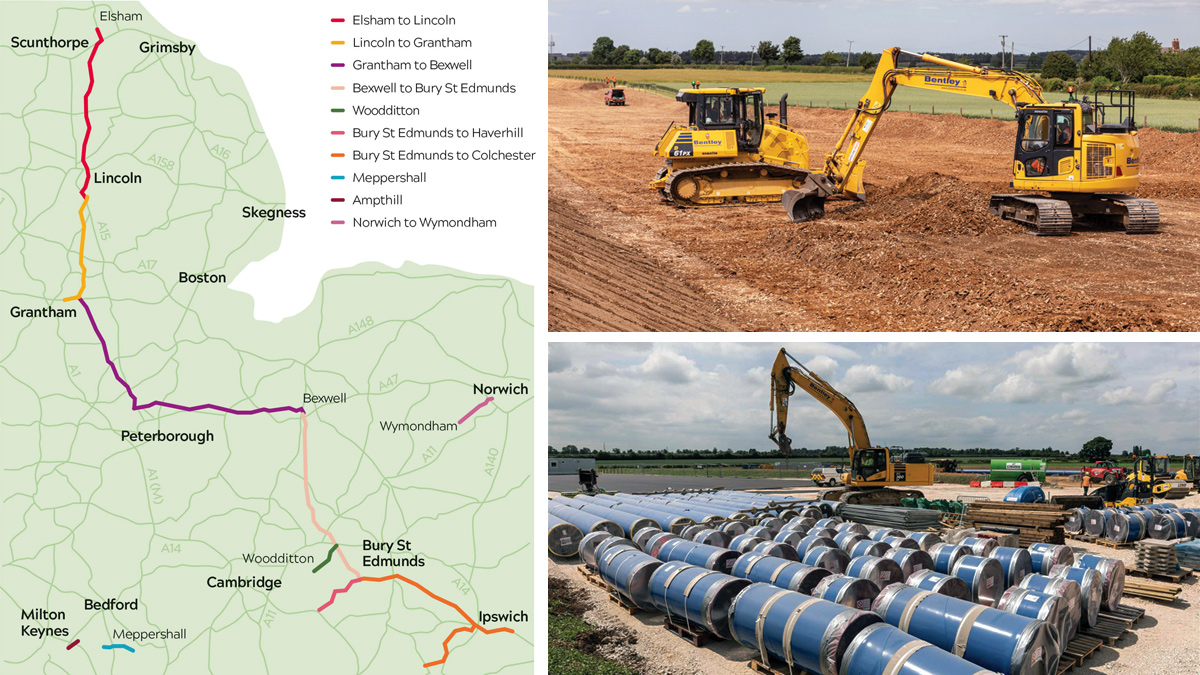
(left) Map showing the Strategic Pipeline Alliance pipeline sections and (right) stripping topsoil and pipes in temporary storage – Courtesy of SPA
The solution
The new pipeline will allow Anglian Water to divert water from the wettest areas in the north of the region to the driest areas in the south and east, where water is not so easily sourced. The hundreds of kilometres of pipes are being delivered with many thoughtful, careful new practices.
In addition to reducing the amount of water taken from the environment, the work will strengthen local resilience by reducing the number of homes and businesses which rely on a single water source. The entire pipeline has been designed to have the lowest carbon footprint possible, in line with Anglian Water’s pledge to reach net zero carbon by 2030.
Protecting the environment
The goal is to reduce the amount of water taken from the environment by 84 ML/d as a way of dealing with climate change. Anglian Water is determined to deliver the new pipe network in a way that is environmentally friendly and as carbon neutral as its innovative methods can make it.
Wildlife is being protected, smart new ways of laying pipes are being used and, crucially for an area where every drop of water counts, the pipes are being brought into service in a completely fresh way that uses much less of the precious resource than is standard in the industry.
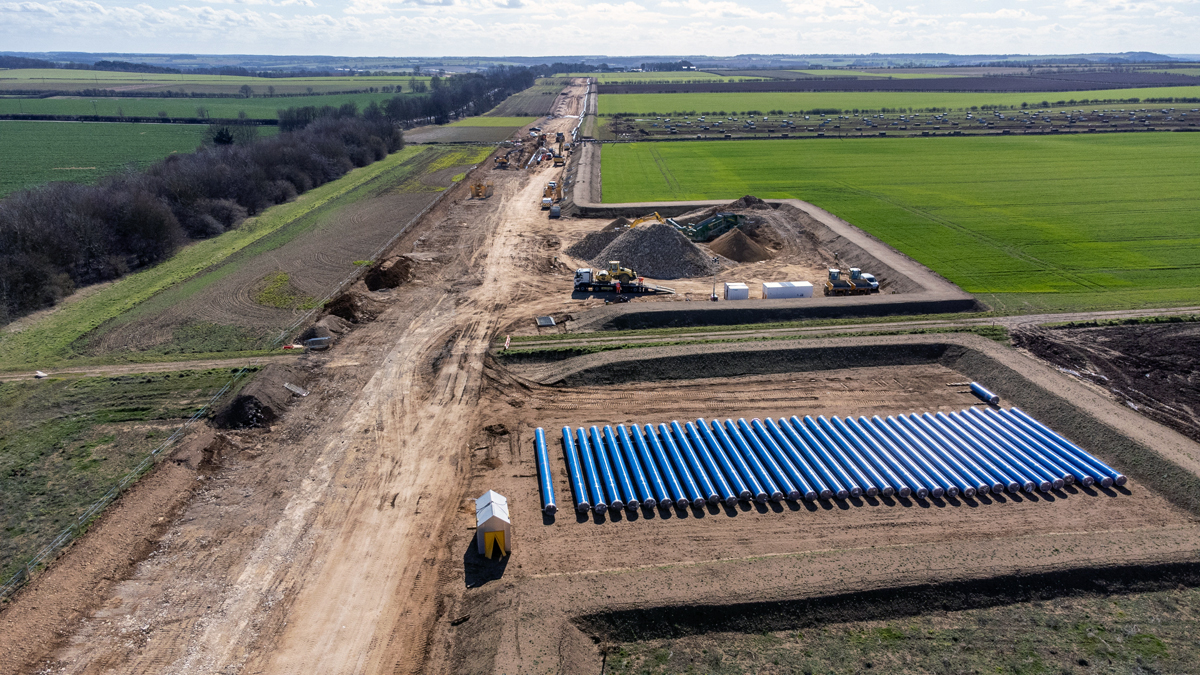
Pipes being stored at a laydown area along the Lincoln to Grantham section of the scheme – Courtesy of SPA
Innovation – low water commissioning
One of the most innovative practices being used in the project is low water commissioning.
SPA’s pipes are delivered to its sites already meeting ‘food hygiene standards’, meaning they are spotlessly clean before being laid. But once any new water pipe is laid, it needs to be made clean enough to safely carry drinking water before it can be used. Traditionally, that means flushing them with vast amounts of water, along with chlorine – but that is water the region cannot spare, or risk returning to the environment.
Using traditional methods, a kilometre of 700mm diameter pipe would need about 380,000 litres of water to clean it – enough to full 3,800 baths or one and a half Olympic swimming pools.
But SPA has developed an innovative technique that uses a fraction of the water previously needed, by using air to drive slugs of water between swabs to clean and disinfect the pipes. The cutting-edge work means they can clean that same length of pipe to food hygiene standards using the amount of water it would take to fill 190 baths, instead of 3,800.
Trials have been successful and confirmed that this massive saving will be multiplied across the hundreds of kilometres of pipe being laid.
It is just one of the smart new green and clean technology methods that Anglian Water is adopting to save every drop of water it can – rising to the challenge of saving water, carbon and cost whilst caring for the environment.
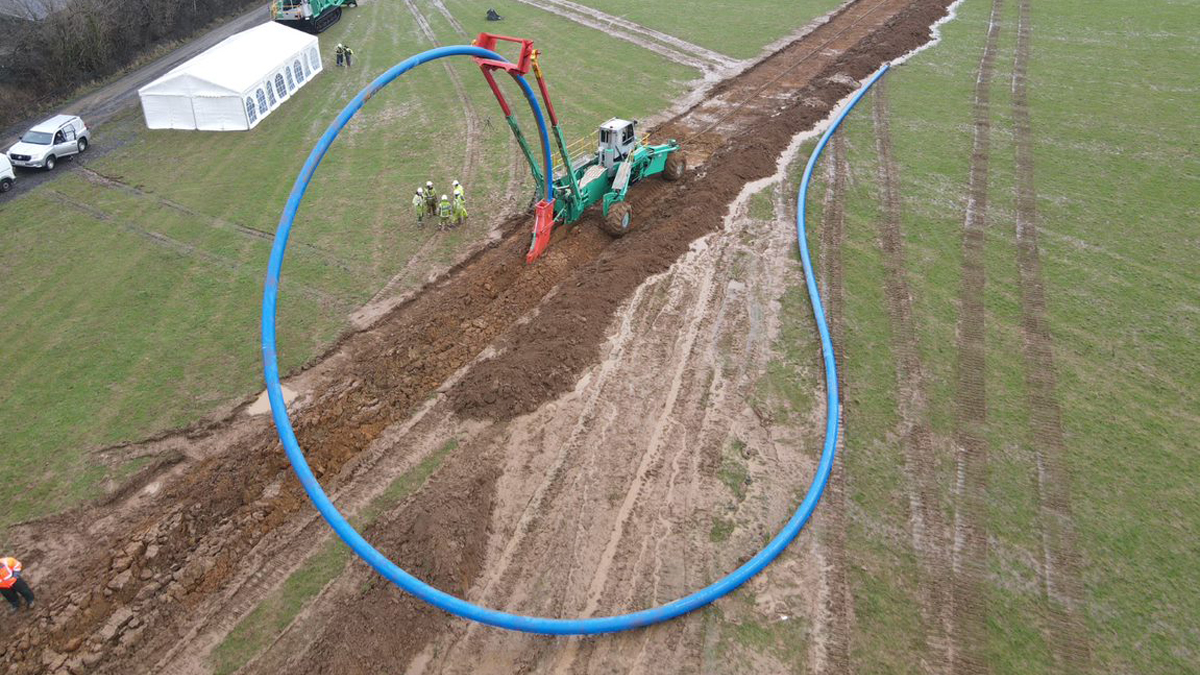
The ‘pipe plough’, photographed during a trial for Anglian Water’s Strategic Pipeline Alliance – Courtesy of SPA
Innovation – pipe plough
In a UK first for the water industry, the team utilised a pipe plough, “planting” some lengths of the new water mains in Norfolk using equipment very similar to an agricultural plough.
The cutting-edge solution is a quicker, greener, less costly, and safer way of laying water pipes. It is remote controlled, which means that members of the team do not have to work in potentially hazardous conditions. This method of pipe laying also causes less disturbance to the ground and is faster and therefore cheaper.
Innovation – welding
Repairing pipes is a costly, wasteful and uses up a lot of time which could be better spent elsewhere. To make the pipes as maintenance-free as possible, SPA joined forces with welding specialists Serimax Ltd to change the way the steel pipes are welded. The results have been impressive: the new technique having dramatically reduced the need for internal pipe repairs, which is good for SPA and good for its customers.
Innovation – bat fences
The impact on wildlife and habitats too was a major consideration. The Strategic Pipeline Alliance specifically designed the pipeline to bypass sensitive ecological sites where environmental surveys found protected species like badgers, water voles, bats, and great crested newts.
Hedges are hugely important for bats; acting as commuting corridors, linking foraging areas. Bats rely on them to find their way when flying from their roosting sites to find food. Any hedgerows that need to be removed in areas where it is known that bats are active are being replaced by camouflage netting covered in artificial leaves, allowing the bats to continue to fly freely, despite the work on the ground.
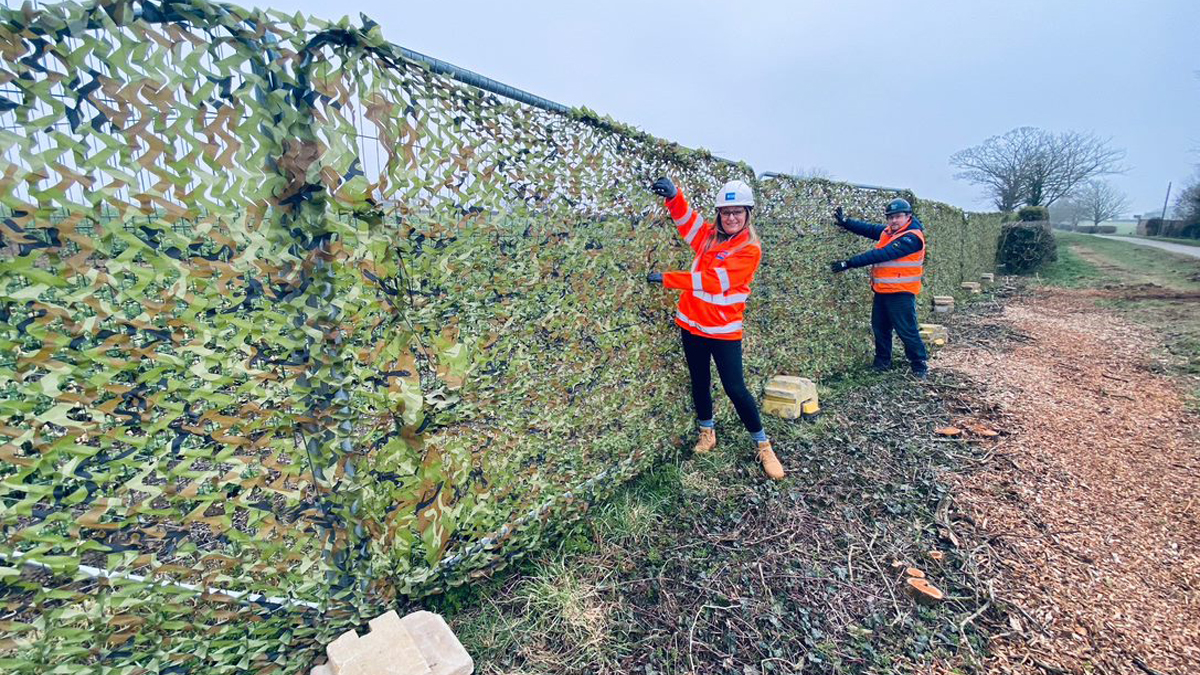
Anglian Water’s workers erect bat fences along the pipeline route in Lincolnshire – Courtesy of SPA
Pipeline sections
The sections of work will be laid in the following areas:
- 52km pipeline from Elsham to Lincoln.
- 34km pipeline from Lincoln to Grantham.
- 90km pipeline from Grantham to Bexwell, via Peterborough.
- 71km pipeline from Bexwell to Bury St Edmunds.
- 6.5km pipeline from Bury St Edmunds to Haverhill.
- 68.2km pipeline from Bury St Edmunds to Colchester.
- 9km pipeline near Meppershall.
- 2km pipeline near Ampthill.
- 20km pipeline near Gainsborough.
- 8.6km pipeline near Didlington.
- 12.5km pipeline from Norwich to Wymondham.
After a huge amount of diligent and ground-breaking preparatory work, pipelaying started on the first two sections from Lincoln-Grantham and Norwich-Wymondham in summer 2021.
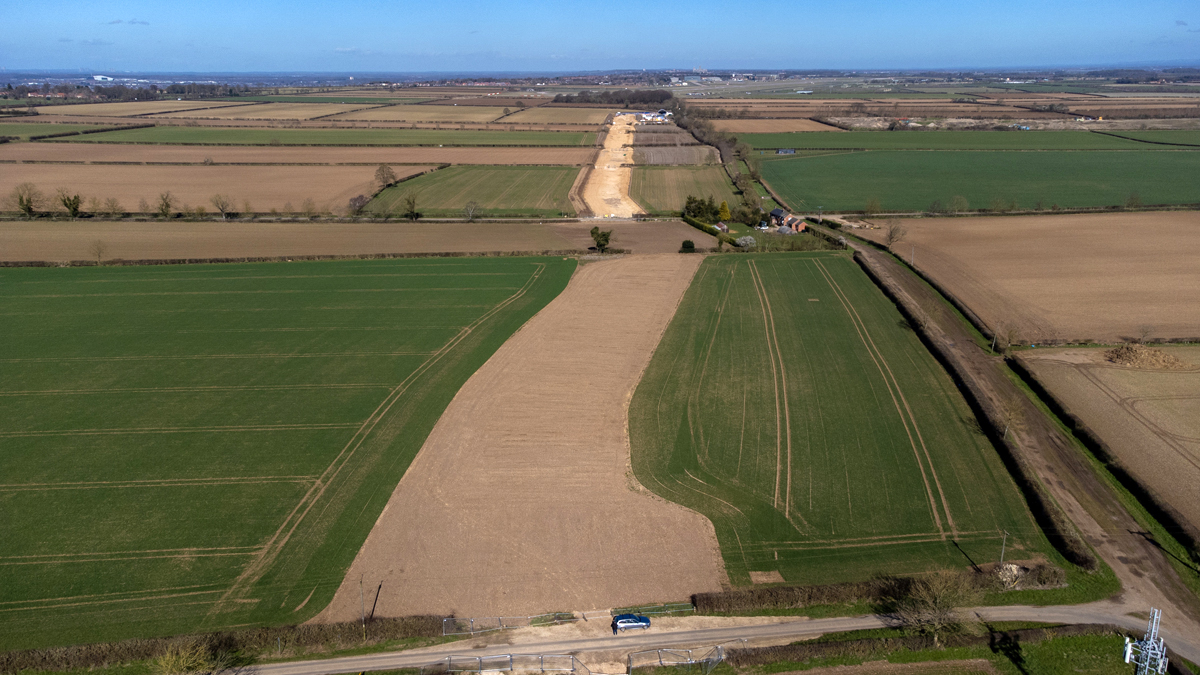
Lincoln to Grantham section – Courtesy of SPA
Summary
The challenges of population growth and a changing climate are felt nowhere more keenly than here in the east of England.
The Strategic Pipeline Alliance programme is at the heart of Anglian Water’s Resources Management Plan (WRMP), which sets out how it will manage the water supplies in the region to meet current and future needs over 25 years. The SPA makes up a significant part of Anglian Water’s planned investment in the region over the next five years, which will begin to tackle those challenges and secure customer supplies well into the future.
Overall the programme will make it possible to reduce the amount of water taken from the environment, as well as strengthening local resilience by reducing the number of homes and businesses which rely on a single water source.
Without this investment the east of England would face dire consequences with, according to projected figures, a water deficit of 30 million litres per day by 2025. The valuable work of SPA is helping, with every carefully thought-out innovation, to make sure that prediction does not come true.




